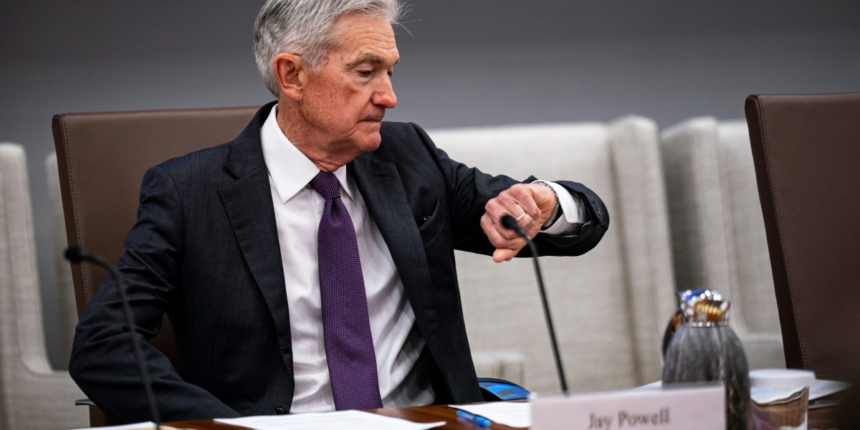“When you spend $2.5 billion on, really, a renovation, I think it’s really disgraceful,” Trump said, adding that he never saw the Fed chair as someone who needed a “palace.”
The project has been underway for years, going back to Trump’s first term. But it only recently caught the White House’s attention. Trump maintains that Fed rate cuts would lower the costs of government borrowing, while Powell has warned that a premature rate cut could worsen inflation and ultimately raise those borrowing costs.
The risk of the Fed losing its political independence could undermine America’s financial markets, possibly leading to a meltdown in stocks and investors charging a premium to lend to the U.S. economy.
Here’s what to know:
The Fed chair has been an obstacle in Trump’s efforts to gain total control over the executive branch.
Powell and his board have the dual mandate of maximizing employment and keeping prices stable, a task that can require them to make politically unpopular moves such as raising interest rates to hold inflation in check. The general theory is that keeping the Fed free from the influence of the White House — other than for nominations of Fed officials — allows it to fulfill its mission based on what the economy needs, instead of what a politician wants.
An attempt to remove Powell from his job before his term ends in May 2026 would undercut the Fed’s long-standing independence from day-to-day politics and could lead to higher inflation, higher interest rates and a weaker economy.
Trump’s workaround appears to be that Powell misrepresented the renovation project in congressional testimony and that the cost is excessive, thus meriting his dismissal.
The renovation will also remove asbestos, lead and other hazardous elements and update the building with modern electrical and communications systems. The H-shaped building, named after a former Fed chair in the 1930s and ‘40s, is located near some of Washington’s highest-profile monuments and has references to classical architecture and marble in the facades and stonework. The central bank is also renovating a building next door that it acquired in 2018.
The Fed says there has been periodic maintenance to the structures but adds that this is the first “comprehensive renovation.”
Trump administration officials have criticized the Fed over the project’s expense, which has reached $2.5 billion, about $600 million more than was originally budgeted.
Like a beleaguered homeowner facing spiraling costs for a remodeling project, the Fed cites many reasons for the greater expense. Construction costs, including for materials and labor, rose sharply during the inflation spike in 2021 and 2022. More asbestos needed to be removed than expected. Washington’s local restrictions on building heights forced it to build underground, which is pricier.
In 2024, the Fed’s board canceled its planned renovations of a third building because of rising costs.
The Fed says the renovations will reduce costs “over time” because it will be able to consolidate its roughly 3,000 Washington-based employees into fewer buildings and will no longer need to rent as much extra space as it does now.
The Fed’s renovation plans call for “rooftop terrace gardens, VIP private dining rooms and elevators, water features, premium marble, and much more,” Vought said in his letter.
“There’s no VIP dining room,” Powell said last month during a Senate Banking Committee hearing. “There’s no new marble. … There are no special elevators. There are no new water features. … And there’s no roof terrace gardens.”
Some of those elements were removed from initial building plans submitted in 2021, the Fed says.
The Fed’s changes to its building plans have opened it up to another line of attack: White House officials suggest the Fed violated the terms of the approval it received from a local planning commission by changing its plans.
In its September 2021 approval of the project, the National Capital Planning Commission said it “Commends” the Fed for “fully engaging partner federal agencies.” But because the Fed changed its plans, the administration is indicating it needed to go back to the commission for a separate approval.
Essentially, White House officials are saying Powell is being reckless with taxpayer money because of the cost of the renovation, but they are also accusing him of acting unethically by scaling back the project to save money.
Speaking last Thursday at the planning commission meeting, Blair said he intends to tour the construction site, review materials from the Fed on how the approved 2021 renovation plans have changed and circulate a letter among his colleagues on the commission that would go to Fed officials.









